-
 bitcoin
bitcoin $112195.049338 USD
2.42% -
 ethereum
ethereum $4124.915858 USD
2.81% -
 tether
tether $1.000570 USD
0.02% -
 xrp
xrp $2.861568 USD
2.25% -
 bnb
bnb $1000.346670 USD
3.04% -
 solana
solana $209.070819 USD
3.38% -
 usd-coin
usd-coin $0.999870 USD
0.02% -
 dogecoin
dogecoin $0.235379 USD
2.65% -
 tron
tron $0.335681 USD
-0.20% -
 cardano
cardano $0.803501 USD
3.38% -
 hyperliquid
hyperliquid $47.120881 USD
3.56% -
 chainlink
chainlink $21.501300 USD
3.44% -
 ethena-usde
ethena-usde $1.000571 USD
0.02% -
 avalanche
avalanche $29.793378 USD
3.62% -
 stellar
stellar $0.366964 USD
2.42%
What is a transaction pool or mempool?
A transaction pool (mempool) holds unconfirmed transactions in a blockchain network, where nodes validate and miners prioritize them by fee before inclusion in a block.
Aug 04, 2025 at 01:15 am
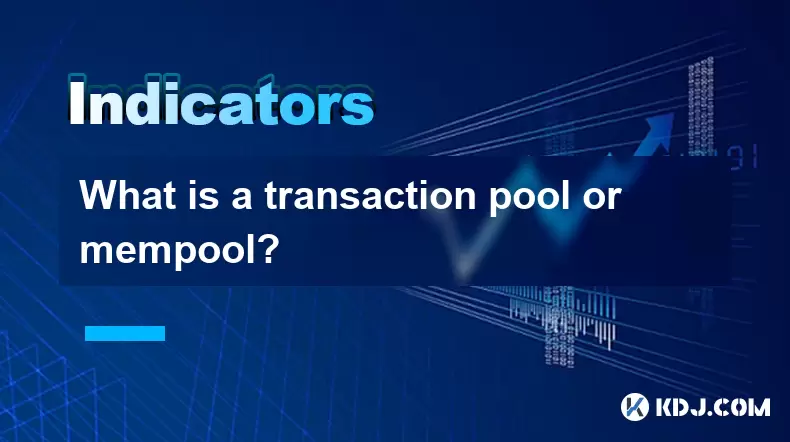
Understanding the Concept of a Transaction Pool
A transaction pool, commonly referred to as the mempool, is a critical component in blockchain networks that rely on decentralized consensus mechanisms such as Proof of Work (PoW) or Proof of Stake (PoS). It acts as a temporary holding area where unconfirmed transactions wait before being included in a block. When a user initiates a cryptocurrency transaction—such as sending Bitcoin or Ethereum—the transaction is broadcast across the network to nodes. Instead of being immediately added to the blockchain, it enters the mempool of each node that receives it. This ensures that all network participants have a consistent view of pending transactions. The mempool is not a single centralized database; rather, each full node maintains its own version based on network propagation and local policies.
How Transactions Enter the Mempool
When a user submits a transaction, it is digitally signed and broadcasted to the peer-to-peer network. Nodes that receive the transaction perform several validation checks before accepting it into their local mempool. These checks include:
- Verifying the digital signature to confirm the sender owns the funds.
- Ensuring the inputs reference unspent transaction outputs (UTXOs) that exist and haven’t been spent.
- Confirming the transaction does not exceed the maximum allowed size.
- Checking that the transaction fee meets the node’s minimum relay threshold.If all conditions are satisfied, the node stores the transaction in its local mempool and relays it to neighboring nodes. This propagation helps disseminate the transaction across the network. However, due to network latency or differing node configurations, mempool contents may vary slightly between nodes.
Role of Miners and Validators in Processing Mempool Transactions
In blockchain systems like Bitcoin, miners are responsible for selecting transactions from the mempool to include in the next block they attempt to mine. They typically prioritize transactions offering higher fee per byte (or fee per gas in Ethereum) because this maximizes their revenue. The selection process involves: - Scanning the mempool for valid transactions.
- Sorting them by fee rate in descending order.
- Including as many high-fee transactions as possible without exceeding the block size or gas limit.Once a transaction is included in a mined block and added to the blockchain, it is removed from all nodes’ mempools. In proof-of-stake systems like Ethereum post-Merge, validators fulfill a similar role, choosing transactions based on fee incentives and network rules.
Transaction Lifecycle Within the Mempool
Transactions do not remain in the mempool indefinitely. Their lifecycle is governed by node-specific eviction policies. Common reasons for removal include: - Successful inclusion in a confirmed block.
- Exceeding the mempool timeout limit, which is typically set to 3 to 72 hours depending on the node configuration.
- Being replaced by a higher-fee transaction using mechanisms like Replace-By-Fee (RBF).
- Conflict with another transaction spending the same inputs (double-spend attempt).Nodes continuously update their mempool as new blocks arrive. Upon receiving a new block, each node removes all transactions included in that block from its mempool, ensuring only unconfirmed transactions remain.
Monitoring and Analyzing Mempool Activity
Developers, traders, and node operators often monitor mempool status to anticipate confirmation times and optimize transaction fees. Public tools and blockchain explorers provide real-time insights into mempool metrics such as: - Total number of unconfirmed transactions.
- Median and average transaction fees.
- Mempool size in megabytes.
- Estimated confirmation times based on fee brackets.For example, during periods of high network congestion—such as during NFT minting events—mempool size can spike dramatically, leading to delayed confirmations. Users can adjust their transaction fees accordingly by consulting mempool data. Some wallets integrate dynamic fee estimation by polling mempool conditions to suggest optimal fees.
Practical Guide: Checking Your Transaction in the Mempool
To determine whether your transaction is still pending, follow these steps: - Obtain your transaction ID (TXID) from your wallet or transaction receipt.
- Visit a blockchain explorer such as [mempool.space](https://mempool.space) for Bitcoin or [Etherscan](https://etherscan.io) for Ethereum.
- Enter the TXID in the search bar.
- If the transaction appears without a block confirmation, it is still in the mempool.
- Check the fee rate and compare it with current network conditions.
- If the fee is too low, consider using Child-Pays-For-Parent (CPFP) or RBF to accelerate confirmation.
Frequently Asked Questions
Q: Can a transaction remain in the mempool forever? No. Nodes enforce a maximum time-to-live (TTL) for transactions in the mempool, typically ranging from a few hours to several days. If a transaction isn’t confirmed within this window, it gets automatically evicted.Q: Why might my transaction disappear from the mempool?A transaction may vanish due to eviction for low fees, conflict with a double-spend, or network reorganization. It does not necessarily mean the funds are lost; the transaction may need to be rebroadcast.
Q: Do all nodes have identical mempools?Not exactly. While most transactions propagate widely, differences in node settings, connectivity, and mempool limits can result in slight variations between nodes’ mempools.
Q: How can I speed up a stuck transaction?If your wallet supports Replace-By-Fee (RBF), you can rebroadcast the transaction with a higher fee. Alternatively, use Child-Pays-For-Parent (CPFP) by sending a high-fee transaction from the same output to incentivize miners.
Disclaimer:info@kdj.com
The information provided is not trading advice. kdj.com does not assume any responsibility for any investments made based on the information provided in this article. Cryptocurrencies are highly volatile and it is highly recommended that you invest with caution after thorough research!
If you believe that the content used on this website infringes your copyright, please contact us immediately (info@kdj.com) and we will delete it promptly.
- Navigating Misinformation: Ensuring Safety in the Pi Network Ecosystem
- 2025-09-29 14:25:13
- XRP Price Prediction: September 29th's Crypto Comeback?
- 2025-09-29 14:25:13
- Polkadot vs. Lyno AI: Decoding the Price Forecast and AI Revolution
- 2025-09-29 14:30:01
- Trump's Brahmastra: Can Stable Coin Save the US Economy?
- 2025-09-29 14:45:17
- Pi Movement: Utility, Community, and the $314,159 Dream
- 2025-09-29 14:45:17
- Ruvi AI: Revolutionizing the Creator Economy with AI-Powered Crypto
- 2025-09-29 14:30:01
Related knowledge
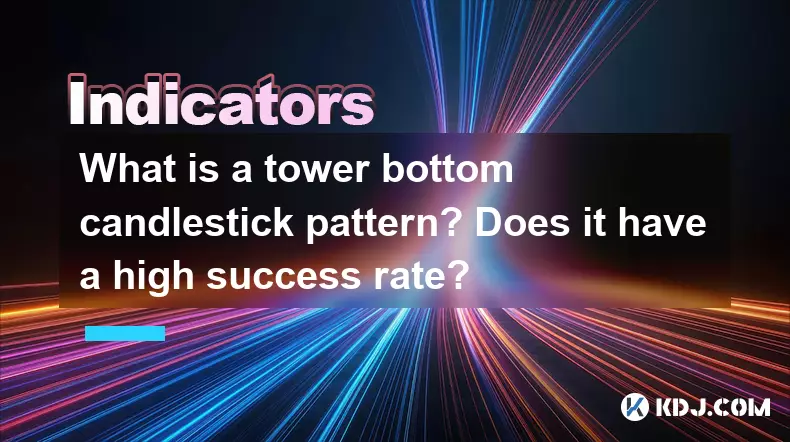
What is a tower bottom candlestick pattern? Does it have a high success rate?
Sep 22,2025 at 07:18am
Tower Bottom Candlestick Pattern Explained1. The tower bottom candlestick pattern is a reversal formation that typically appears at the end of a downt...
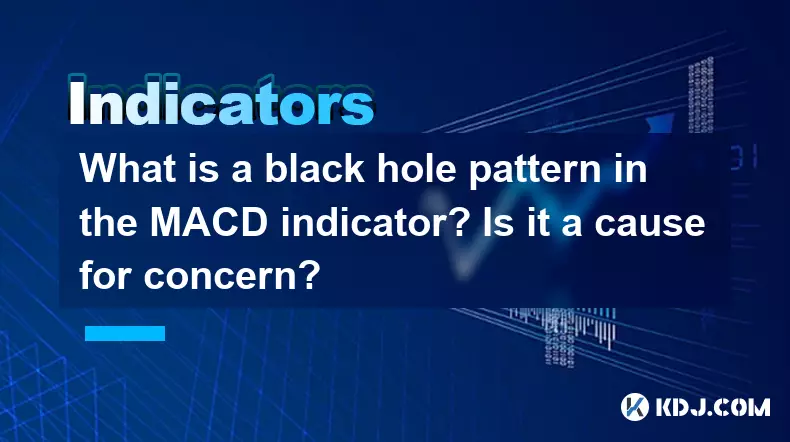
What is a black hole pattern in the MACD indicator? Is it a cause for concern?
Sep 21,2025 at 06:54pm
Bitcoin's Role in Decentralized Finance1. Bitcoin remains the cornerstone of decentralized finance, serving as a benchmark for value and security acro...

How can I use the psychological line (PSY) to determine market sentiment?
Sep 17,2025 at 02:19pm
Understanding the Psychological Line (PSY) in Cryptocurrency TradingThe Psychological Line, commonly referred to as PSY, is a momentum oscillator used...
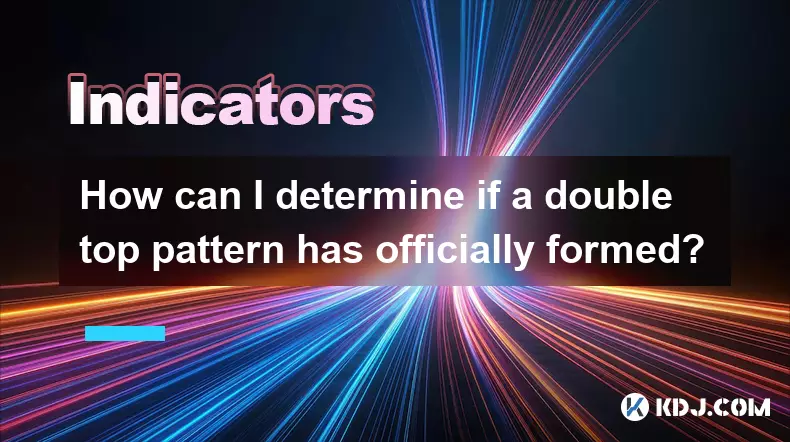
How can I determine if a double top pattern has officially formed?
Sep 21,2025 at 03:18am
Understanding the Structure of a Double Top Pattern1. A double top pattern consists of two distinct peaks that reach approximately the same price leve...
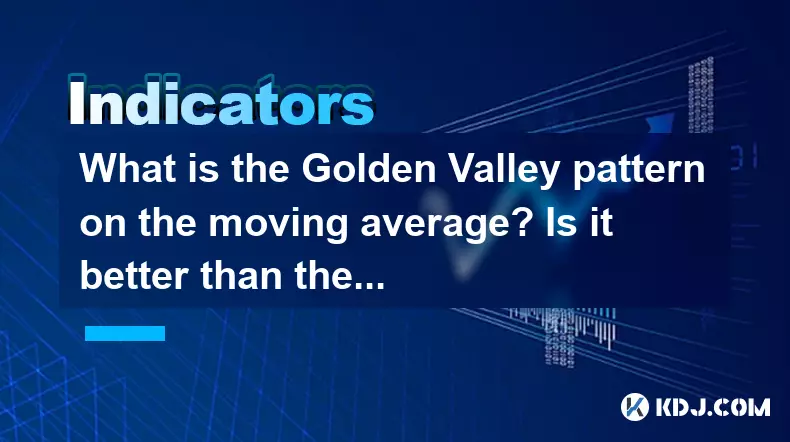
What is the Golden Valley pattern on the moving average? Is it better than the Silver Valley pattern?
Sep 21,2025 at 02:54pm
Understanding the Golden Valley Pattern in Moving Averages1. The Golden Valley pattern is a technical formation observed in cryptocurrency price chart...

What does a death cross of the RSI in the strong zone (above 50) mean?
Sep 17,2025 at 10:54pm
Understanding the Death Cross in RSI Context1. The term 'death cross' is traditionally associated with moving averages, where a short-term average cro...

What is a tower bottom candlestick pattern? Does it have a high success rate?
Sep 22,2025 at 07:18am
Tower Bottom Candlestick Pattern Explained1. The tower bottom candlestick pattern is a reversal formation that typically appears at the end of a downt...

What is a black hole pattern in the MACD indicator? Is it a cause for concern?
Sep 21,2025 at 06:54pm
Bitcoin's Role in Decentralized Finance1. Bitcoin remains the cornerstone of decentralized finance, serving as a benchmark for value and security acro...

How can I use the psychological line (PSY) to determine market sentiment?
Sep 17,2025 at 02:19pm
Understanding the Psychological Line (PSY) in Cryptocurrency TradingThe Psychological Line, commonly referred to as PSY, is a momentum oscillator used...

How can I determine if a double top pattern has officially formed?
Sep 21,2025 at 03:18am
Understanding the Structure of a Double Top Pattern1. A double top pattern consists of two distinct peaks that reach approximately the same price leve...

What is the Golden Valley pattern on the moving average? Is it better than the Silver Valley pattern?
Sep 21,2025 at 02:54pm
Understanding the Golden Valley Pattern in Moving Averages1. The Golden Valley pattern is a technical formation observed in cryptocurrency price chart...

What does a death cross of the RSI in the strong zone (above 50) mean?
Sep 17,2025 at 10:54pm
Understanding the Death Cross in RSI Context1. The term 'death cross' is traditionally associated with moving averages, where a short-term average cro...
See all articles










































































